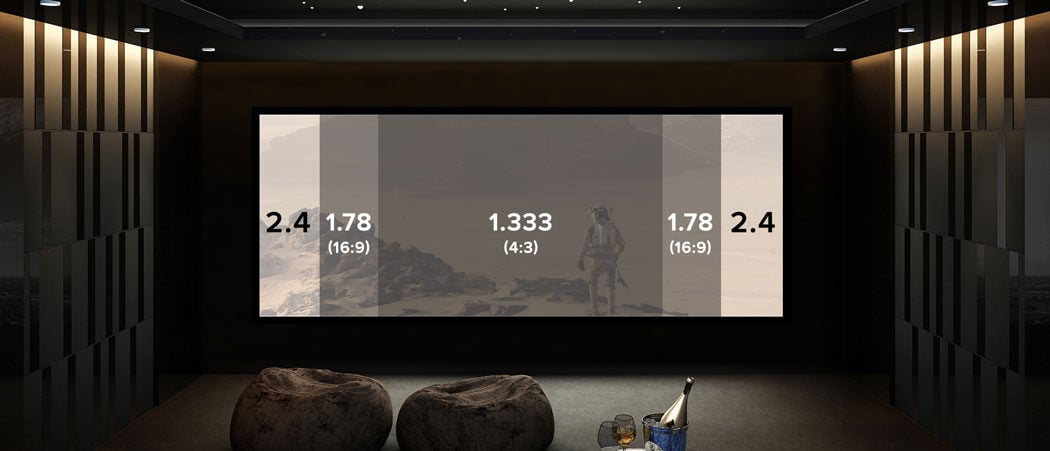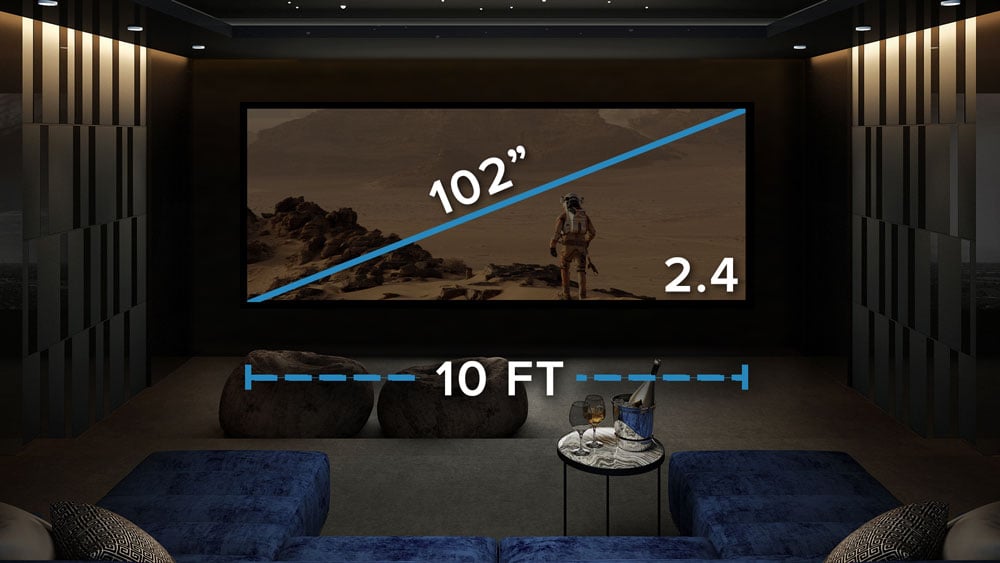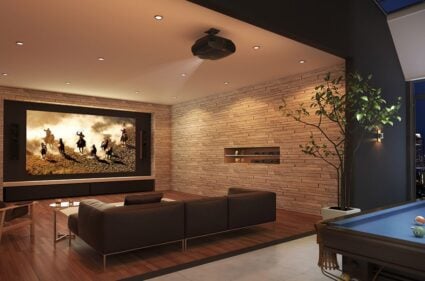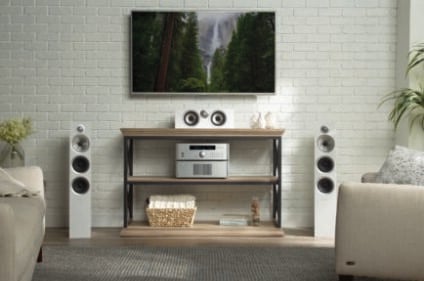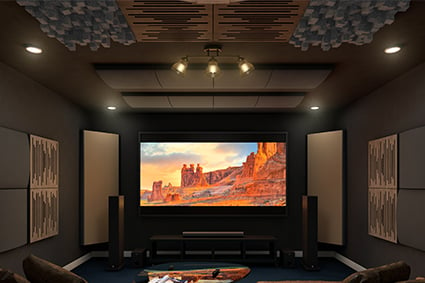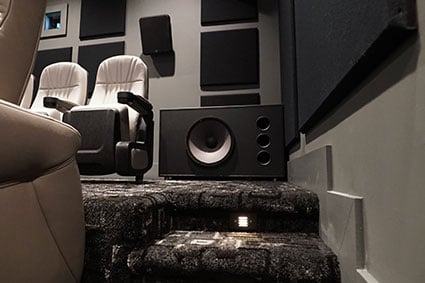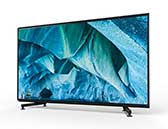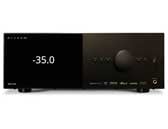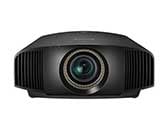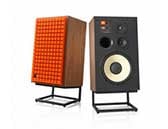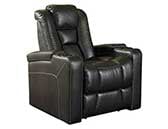How To Make Widescreen Even Better
If you are the type of person who wants the very best from your home theater, there is an option that can take things to the next level.
It is an add-on lens from a company called Panamorph. How this process works is fairly misunderstood and we are going to unravel it for you now.
Almost all front projectors have a light engine that is 16:9 in ratio. When you put a 16:9 image through this kind of light engine, all of the pixels are used. But when you display a 2.40 image using a 16:9 light engine, the pixels that are above and below the image are not used. These pixels are about 33-38% of the total pixel count depending on the type of projector you have.
To fill your new 2.40 screen using lens memory and zooming out, you are still not using those extra pixels, which reduces both clarity and light output. Now we do have to say, most people do not even notice the difference and about 90% of our home theaters do not have a Panamorph, but if you are a video geek like we are, you will notice this.
Panamorph worked with all of the major projector companies to add functions that allow it to work perfectly with them. When you use a Panamorph lens, you will get the pixels back you lose by not using the entire light engine when you zoom a 2.40 movie using lens memory. This can be a big deal if your screen is on the large side since it results in 33-38% more brightness and clarity.
The way it works is a three-step process, but you never see the steps — it is instant. First, the projector memory is set to an image that fills the screen from left to right but you still are not using all the pixels as this is just like the zoom setting above. The projector then gets set to a mode that stretches the image. This uses all of the pixels in the projector’s 16:9 light engine. When this image goes through a Panamorph lens, the lens then compresses it back to its original shape and you have used all of the pixels in your projector for a 2.40 widescreen movie.
If you watch our video on this subject at 10:20 you can see a full animation of what happens.
Now the only catch to using a Panamorph is similar to zoom. You lose some pixels when you watch 16:9 content. It is less than the other way around as you only lose 25% compared to 33-38% and again, most people never notice it.

